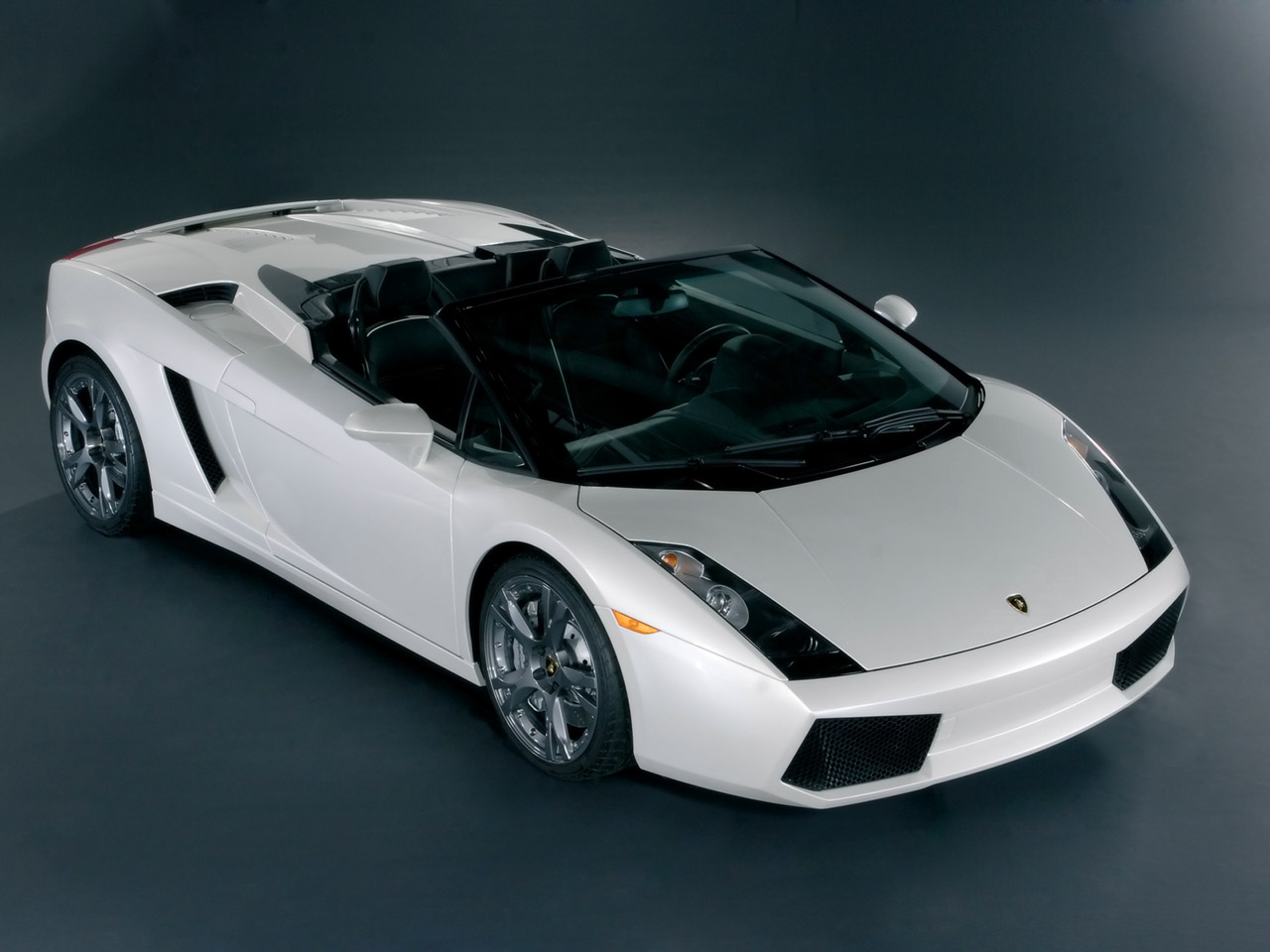German inspection officials recorded an average top speed of 408.47 km/h (253.81 mph)[5] during test sessions on the Ehra-Lessien test track on 19 April 2005. On 4 July 2010, Bugatti's official test driver Pierre Henri Raphanel piloted the Super Sport edition and was clocked at an average of 431.072 km/h (267.856 mph) on the same track, taking back the title of the fastest production vehicle of all time from the SSC Ultimate Aero TT. The 431.072 km/h mark was reached by averaging the Super Sport's two test runs, the first topping out at 265.96 mph (427.93 km/h) and the second at 269.86 mph (434.20 km/h). The record run was certified by the German government and the Guinness Book of World Records.
The car's everyday top speed is listed at 350 km/h (220 mph). When the car reaches 220 km/h (140 mph), hydraulics lower the car until it has a ground clearance of about 9 cm (3.5 in). At the same time, the wing and spoiler deploy. This is the handling mode, in which the wing helps provide 3,425 newtons (770 lbf) of downforce, holding the car to the road.[7] The driver must, using a special key (the top speed key), toggle the lock to the left of his seat in order to attain the maximum (average) speed of 407 km/h (253 mph). The key functions only when the vehicle is at a stop, when a checklist then establishes whether the car and its driver are ready to enable top speed mode. If all systems are go, the rear spoiler retracts, the front air diffusers shut and the ground clearance, normally 12.5 cm (4.9 in), drops to 6.5 cm (2.6 in).
 bugatti veyron for sale
bugatti veyron for sale bugatti veyron for sale
bugatti veyron for sale bugatti veyron for sale
bugatti veyron for sale bugatti veyron for sale
bugatti veyron for sale bugatti veyron for sale
bugatti veyron for sale






































